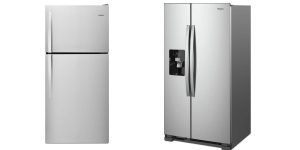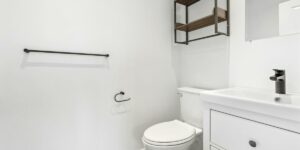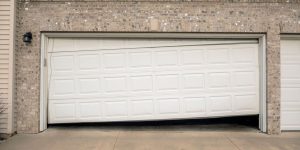Taking a shower with low water pressure is really unsatisfying. Washing the dishes under low water pressure is also very inconvenient. If your house has low water pressure issues, don’t simply ignore them. Low water pressure could mean a bigger problem, like a clogged or broken pipe or short cycle that needs to be fixed as soon as possible.

But before calling in a professional, you can try these simple troubleshooting steps to fix your house’s low water pressure.
5 Simple Ways To Fix Your House’s Low Water Pressure:
1. Check With Your Neighbors
First things first, try to check if the problem is community-wide. If so, you might need to discuss the issue with your municipal officials. In the meantime, you can consider investing in a water pressure booster.
2. Install A Water Pressure Booster
If your area really has low water pressure problems, you might want to buy a water pressure booster to pump up the water pressure in your home. A water pressure booster pulls water from a water source like a well water storage tank to pressurize the water in the house. A water pressure booster pump is usually best installed right next to the main water shutoff. It’ll definitely keep up a steady water supply at your house.
3. Check For Clogs
Over time, your pipes, faucets, or showerheads accumulate dirt, grime, and other waste. This usually causes blockages in the water supply flow. While there are clogs that might need a professional, there are some that you can fix on your own. For instance, you can clear a dirty faucet or showerhead by using the ziplock technique. Simply fill a ziplock with vinegar and baking soda and tie it over the faucet or showerhead, ensuring they are fully submerged. Leave it overnight before rinsing it clean.
4. Check The Main Valve
This is one of the easiest tricks to do. Simply check your house’s main valve if it’s half-shut. The main water valve is located just next to your meter. Check the valve controls to make sure they’re completely open.
5. Check For Leaks Or Damaged Pipes
A cracked or damaged pipe can also result in water leaking, lowering your water pressure. To know if there’s damage in your main pipe, begin by shutting off all indoor and outdoor faucets. Then turn off the water valve in your home and write down the number that appears on your water meter. Leave for 2 hours and check the meter again. If you notice an increase in the reading of your meter, it’s a sure sign that there’s leaking in the pipes. You can now call in a professional to fix or replace the pipes.
There you have it! We hope the list was beneficial to you as you fix your home’s low water pressure. Of course, hiring a professional is always an easy thing to do. But, there are always cases where a simple DIY could do the trick! For instance, you can learn complex tasks like fixing a broken air-conditioning unit, or simple ones like fixing a loose or broken doorknob. Good luck with your next house repair project!





